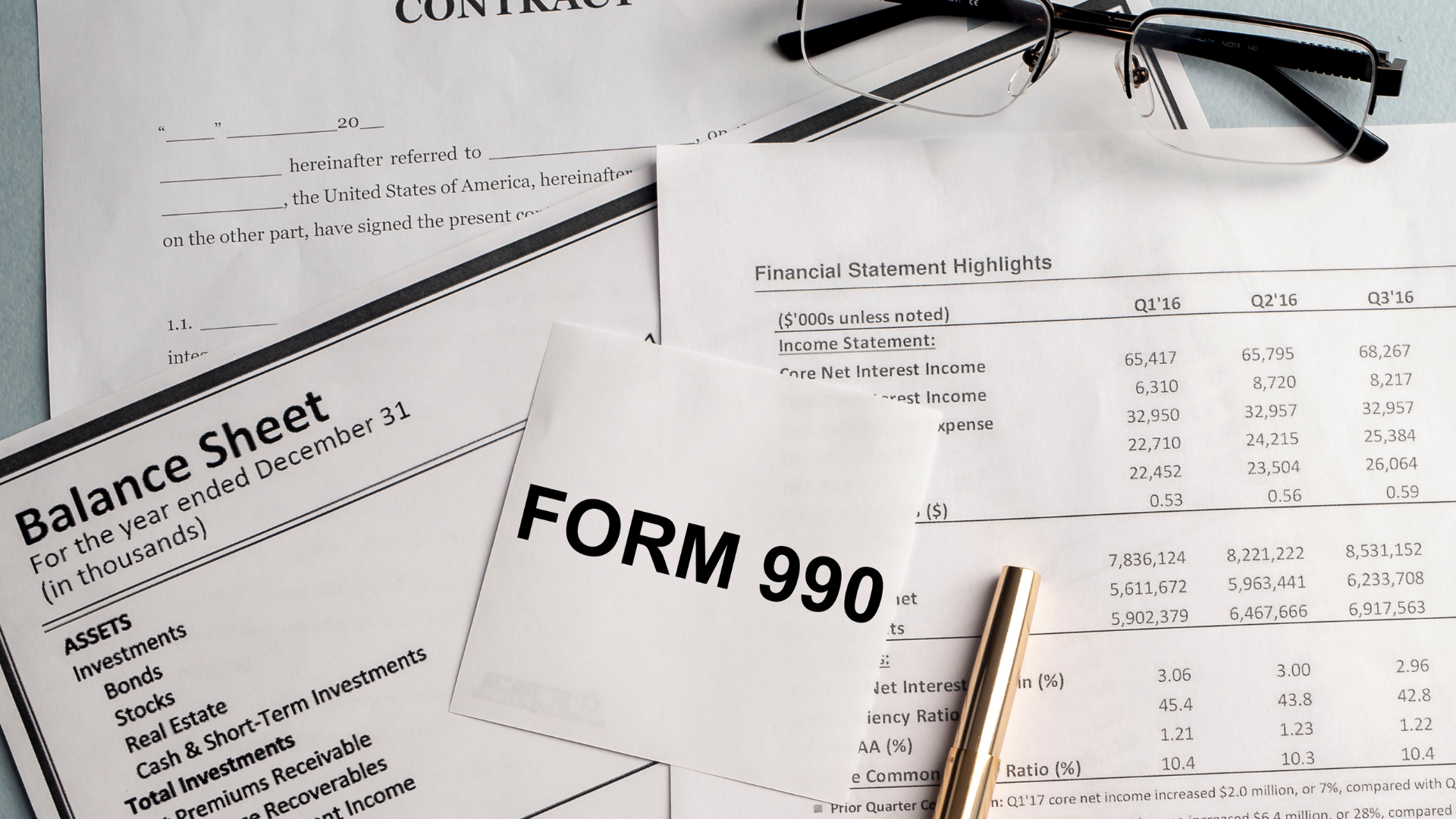Elective Pay Tax Credits: A New Avenue for Clean Energy Incentives
The Inflation Reduction Act of 2022 has enabled tax-exempt and governmental entities to benefit from clean energy tax credits through new options. These options include elective pay and transferability, which allow eligible entities to claim clean energy tax credits in new ways.
Elective Pay
Elective pay makes certain clean energy tax credits effectively refundable. Under elective pay, an eligible entity that qualifies for a clean-energy investment tax credit can notify the IRS of its intent to claim the credit. They can then file an annual tax return to claim elective pay for the full value of the credit. The IRS would then pay the value of the credit to the eligible entity.
It's important to note that elective pay is sometimes also known as "direct pay," which shouldn't be confused with the IRS payment method.
Transferability
Transferability allows entities that qualify for a tax credit but are not eligible to use elective pay to transfer all or a portion of the credit to a third-party buyer in exchange for cash. The buyer and seller would negotiate and agree to the terms and pricing.
The information below will help you answer questions about eligibility, the process for claiming and receiving payment, applicable credits and bonuses, implementation updates, and other news. The answers to the questions are based on proposed and temporary elective pay and transferability regulations and other tax guidance on IRS.gov. These proposed and temporary regulations and the answers may change when these regulations are finalized following a public comment period.
In general, Treasury and the IRS do not provide personalized tax advice regarding whether a specific organization's project or activity is eligible for a tax credit. For more information about clean energy tax credits, please see Credits and Deductions Under the Inflation Reduction Act of 2022. You may also choose to consult with a tax advisor.
Bonus Credit/Adders
Prevailing Wage and Apprenticeship Requirements apply to projects that pay workers the "prevailing wage" (as published by the Department of Labor) and employ apprentices from registered apprenticeship programs. Learn more at Prevailing Wage and the Inflation Reduction Act.
The Domestic Content Bonus is available for certain renewable electricity Production Credits and Investment Credits. It applies to facilities or projects built using domestically produced steel or iron and manufactured products. Notice 2023-38 PDF provides additional information, and we plan for future guidance to address the exceptions process included in the statute.
Energy Community Bonus applies to certain Production Credits for renewable electricity and Investment Credits for renewable energy. This bonus is available for projects in historical energy communities, including those with closed coal mines or coal-fired power plants, brownfield sites, and areas with significant fossil fuel employment or local tax revenues and higher-than-average unemployment rates. For more information, see Energy Community Tax Credit Bonus.
Low Income Communities Bonus Credit Program provides an increased credit of 10 percentage points or 20 percentage points to certain applicable credits that are part of the investment tax credit for certain facilities in one of four categories. (1) located in a low-income community, (2) located on Indian land, (3) installed on certain federal housing projects, or (4) serving low-income households. You must pre-apply, receive a capacity allocation, and then place your facility in service to claim this bonus.
More Information
The IRS has provided a list of frequently asked questions to provide more information about Elective Pay Tax Credits and eligibility for these credits. Applicable entities such as tax-exempt organizations, states, and political subdivisions, including local governments, Indian tribal governments, and rural electric cooperatives, are eligible to use elective pay to claim clean energy tax credits. Other taxpayers that are not applicable entities may also make an election to be treated as an applicable entity for elective pay. It's important to note that ownership of the eligible credit property is generally required for projects using elective pay. These new options for clean energy tax credits provide a great opportunity for eligible entities to benefit from clean energy incentives and contribute to a cleaner, greener future.
Disclaimer: The tax credit information contained within this website is provided for informational purposes only. It is not intended to substitute expert advice from a professional tax/financial planner or the Internal Revenue Service (IRS).
About the Author
Cassandra Clevenger
Cassandra Clevenger serves as the Deputy Director of Power a Clean Future Ohio (PCFO), overseeing day-to-day operations of the organization and coordination of PCFO’s Infrastructure Grant Assistance Program (IGAP).





